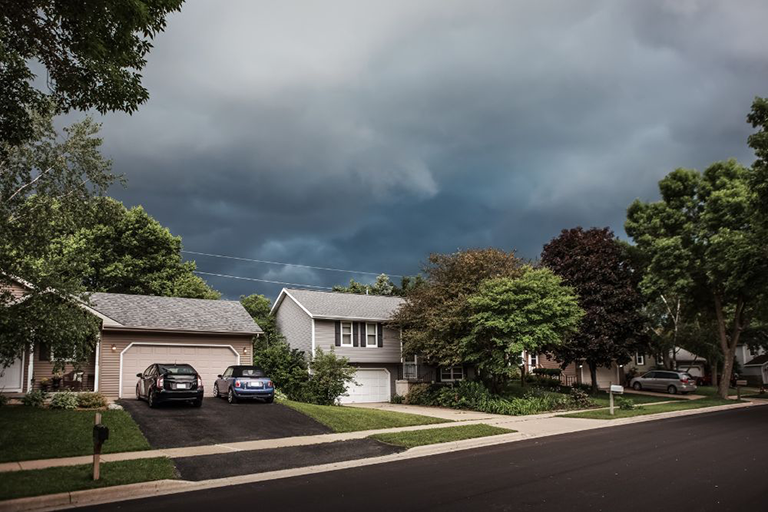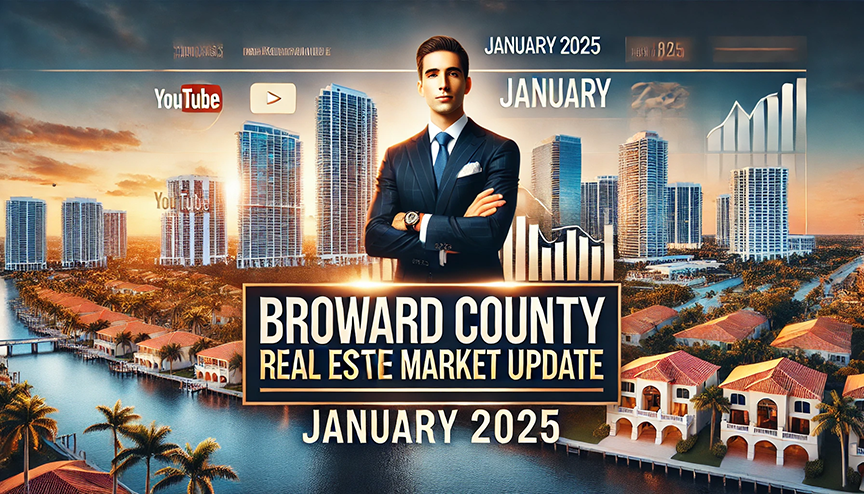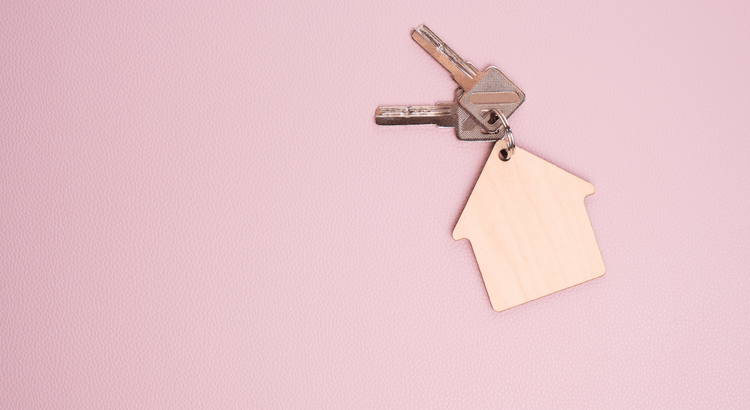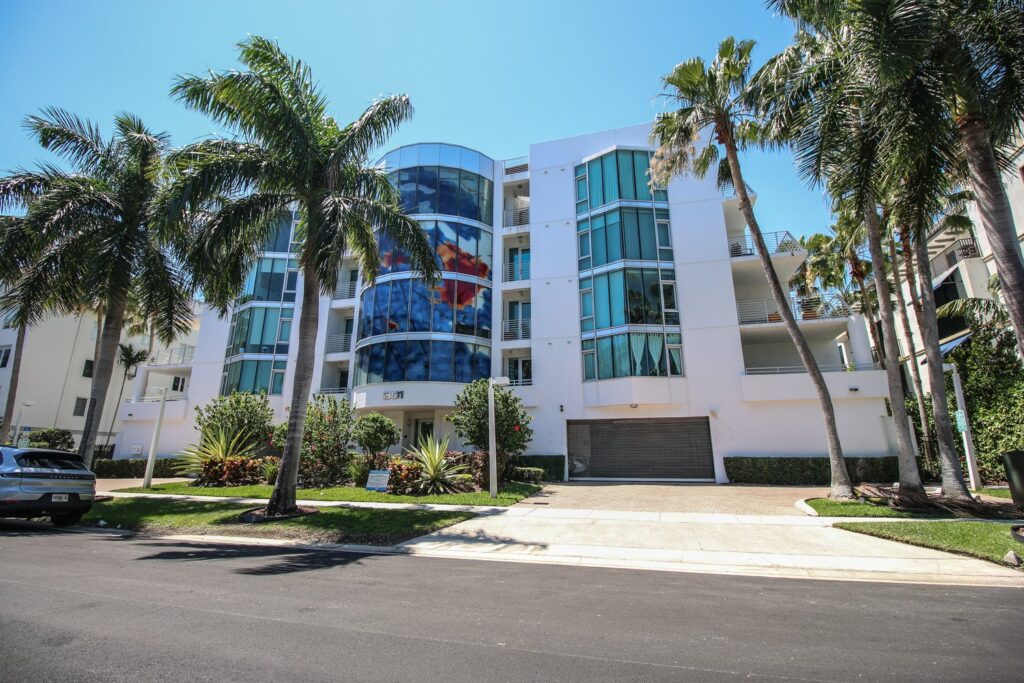Broward County Condo Market Report – January 2025 | South Florida Real Estate Trends
Broward County Condo Market Report – January 2025: A Buyer’s Market Emerges
Introduction: Broward County Condo Market OverviewThe Broward County real estate market is shifting in January 2025, presenting new opportunities for buyers and sellers alike. With rising inventory, declining home prices, and an increase in market time, this month’s report signals a strong buyer’s market.Whether you’re looking to buy a condo in Broward County, sell your property, or invest in South Florida real estate, understanding the latest Broward County condo trends will help you make informed decisions.Active Listings & Median List Price in Broward County
As of January 2025, the median list price for condos in Broward County is $281,000, reflecting a 0.4% month-over-month decrease.📊 Key Trends:Condo prices peaked in mid-2022 and have been steadily adjusting.Sellers are now facing increased competition with rising inventory.Buyers can negotiate better deals, given the cooling price trends.Looking for the latest condo listings in Broward County? Search active condo listings here.Market Trends: Is Broward County Now a Buyer’s Market?
This month’s report clearly shows a shift in market dynamics. The months of inventory has surged to 9.92 months, up 67.3% from last year.📈 What This Means:✔️ Buyers: More choices, more negotiating power, and price flexibility.✔️ Sellers: Competitive pricing and marketing strategies are crucial to attract buyers.✔️ Investors: The increasing inventory could present real estate investment opportunities in Broward County.Thinking about selling your condo in Broward County? Get a free home valuation now.Median Property Value & Long-Term Trends
The median estimated condo value in Broward County stands at $294,110, reflecting a 0.2% decline from last monthand 1.8% decline year-over-year.This trend suggests that the market is correcting from previous highs, making it a great time for buyers to enter the market before interest rates change.If you’re wondering how much your condo is worth in today’s market, get an instant condo valuation.Inventory Levels & New Listings in Broward County
📦 The months’ supply of inventory has reached 9.92 months, reflecting a significant increase of 67.3% from last year.New listings are coming onto the market at a median list price of $285,000, which is a 1.7% month-over-month decline. This indicates that sellers are adjusting expectations and becoming more flexible in pricing.🏡 Need help pricing your condo for a fast sale? Request a professional market analysis.Pending & Sold Listings: What’s Moving in the Market?
Pending Listings: The median list price of pending condos is $275,000, up 6.2% from last month.Sold Listings: The median sold price in Broward County is $270,000, reflecting a 5.3% month-over-month decrease.Public Records Sales: Transactions show a median sold price of $275,000, indicating buyers are still willing to pay for well-priced properties.If you’re considering buying a condo in Broward County, now is the time to explore affordable condo listings.What This Means for Buyers & Sellers in Broward County✅ Buyers: Increased inventory and slight price declines mean better deals and more options.✅ Sellers: Proper pricing and marketing strategies will be essential to attract buyers in this high-inventory market.✅ Investors: The South Florida real estate market is stabilizing, and with rising inventory, this could be an excellent time to invest in rental properties or fixer-uppers.Get Expert Advice for Buying or Selling in Broward CountyNavigating a buyer’s market requires expert insight. Whether you’re buying, selling, or investing, I can help you make the right move in this evolving market.📞 Contact Scott Lehr at 786-977-8542 for a personalized market analysis and expert guidance.For more updates on Broward County real estate trends, South Florida home values, and expert insights, visit www.reallistingagent.com.🚀 Stay ahead in the market – Let’s talk real estate today!









